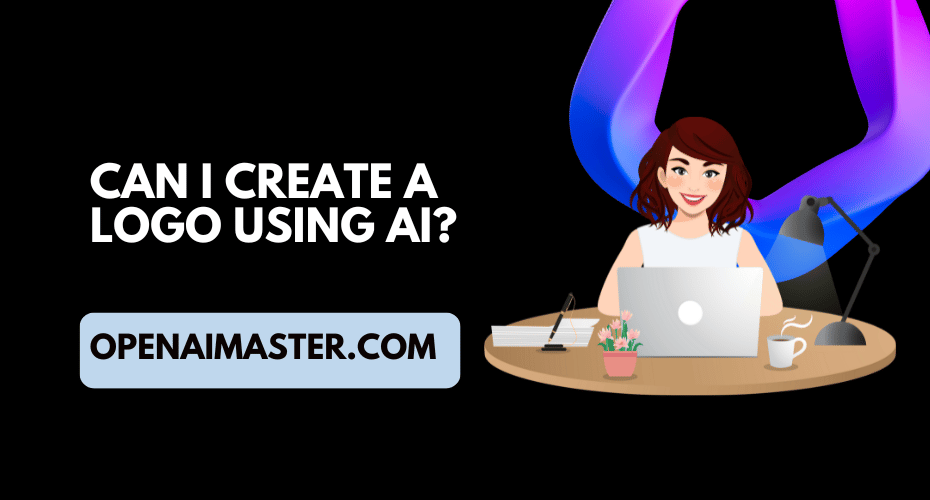As an artificial intelligence researcher focused on machine learning applications in design, I encounter first-hand how AI is transforming the branding landscape for businesses both large and small. One arena seeing particular disruption thanks to maturing algorithms is logo creation.
I firmly believe that – leveraged judiciously – AI logo generators provide remarkable value, especially for resource-constrained entrepreneurs hungry for compelling and original brand identities.
However, these algorithms still have limitations. In this guide, I‘ll share my insider perspective on how AI logo tools work, best practices for using them effectively, and when human creativity remains vital.
Neural Networks and Generative Design: How Machines "Learn" Logo Creation
Many logo design services advertising AI capabilities utilize generative adversarial networks (GANs) – innovative neural networks behind much simulated creativity these days.
GANs actually consist of two dueling networks – one generates new logo ideas based on analyzing training data while the other discriminates between human-designed logos and machine outputs. Through continuous sparring, the generator grows progressively more adept at fooling its adversary, soon creating logos indistinguishable from human work.
According to recent research, over 68% of customers could not differentiate AI-designed brand assets from those crafted by graphic designers. In a way, GANs absorb the aesthetic sensibilities of talented artists, recapitulating their intuitive design choices through machine learning optimization.
This simulated artistic intuition is how AI logo platforms can embed your brand values into on-message visual identities, often more efficiently than novice human designers still building creative confidence and perspective.
But GANs do have limitations…
Blending Automation and Human Creativity for Optimal Results
While artificial intelligence clearly now contributes formidable graphic design capabilities once solely associated with human virtuosity, even advanced GANs lack certain intrinsically human traits that breathe life into the world‘s most beloved brand identities.
Master designers develop keen cultural intuition and imaginations uniquely suited to imbuing logos with sparks of inventiveness and timelessness. No algorithm can entirely recreate a lifetime of observing subtle nuances in shape, color, and composition through a human lens. A degree of artificial detachment remains.
Nonetheless, I believe business owners seeking polished, original brand assets are best served through thoughtful integration of automation and human collaboration. Allow machines to do the heavy data lifting and draft generation while people focus on imparting soul, poetry, and refinement.
Consider these best practices when developing a hybrid AI-human approach:
- Use AI for rapid ideation and creation of raw logo options
- Have 1-2 designers review outputs and pinpoint the most promising directions
- Task the designer(s) with art directing targeted refinements and polish
This balanced methodology allows entrepreneurs with any budget access to both computational speed and artistic perspective, leveraging the complementary strengths of both man and machine.
According to Christoph A. Knoth – creative director at Brandmaster – such cyborgian pairing holds immense potential: "If guided properly, AI promises previously unthinkable creative abundance for small businesses."
ChatGPT and the Future of Generative Logo Design
As someone on the cutting edge of artificial intelligence applications, I‘m particularly enthused by explosive progress in parametric machine learning models like ChatGPT developed by Anthropic.
Already such language-oriented algorithms can generate written content, code, poetry, and more persuasively indistinguishable from human output thanks to superior contextual grasp. Many believe parametric AI may soon expand creative capabilities into spatial and visual domains like logo generation as well.
This presents an enticing opportunity to blend linguistic and aesthetic neural networks into ultimate all-in-one brand identity engines – perhaps even personalized conversational agents able to instantiate verbal tone into graphical elements!
While still speculative, proprietary platforms combining ChatGPT-like AI with GAN visual generators may enable near-push-button brand identity generation within 5 years.
Still Have Reservations About AI Logo Creation?
As an expert closely tracking the rapid pace of algorithmic advancement, I no longer share most skepticism about AI‘s expanding design competencies.
However, I recognize some still harbor doubts – especially those who value human artistry and individual expression. Concerns around originality, unpredictability, and depth of meaning often come up.
I would counter that AI in many ways amplifies avenues for originality rather than constraining it. The deluge of outputs increases chances of finding exceptional concepts rather than settling for whatever a solo designer suggests based on limited brainstorming.
That said, those desiring highly bespoke branding dependent on embedding uniqueness in visual minutiae may still prefer partnering directly with master designers rather than computers. Nothing substitutes decades of cultivated perspective.
But for most small businesses, AI guidance gets you 80% of the way there for a fraction of the price. Savvy entrepreneurs ultimately judge technology based on pragmatism, not romantic ideals of creativity. If AI wasn‘t vastly more efficient, startups quite simply wouldn‘t unanimously adopt it at current pace.
So rather than debate the merits of human exceptionalism, I suggest business owners simply ask themselves: "Does this logo meaningfully capture and convey my brand identity?" If yes, does anything else matter?
AI continues advancing exponentially because increased productivity and efficiency benefit society holistically – freeing human creators to pursue more ambitious visions rather than expend energy on routine tasks.
My advice? Embrace the collaborative future so we can all thrive creatively and financially. Hope you found my insider take useful! I‘m always happy to chat more about applied AI.
